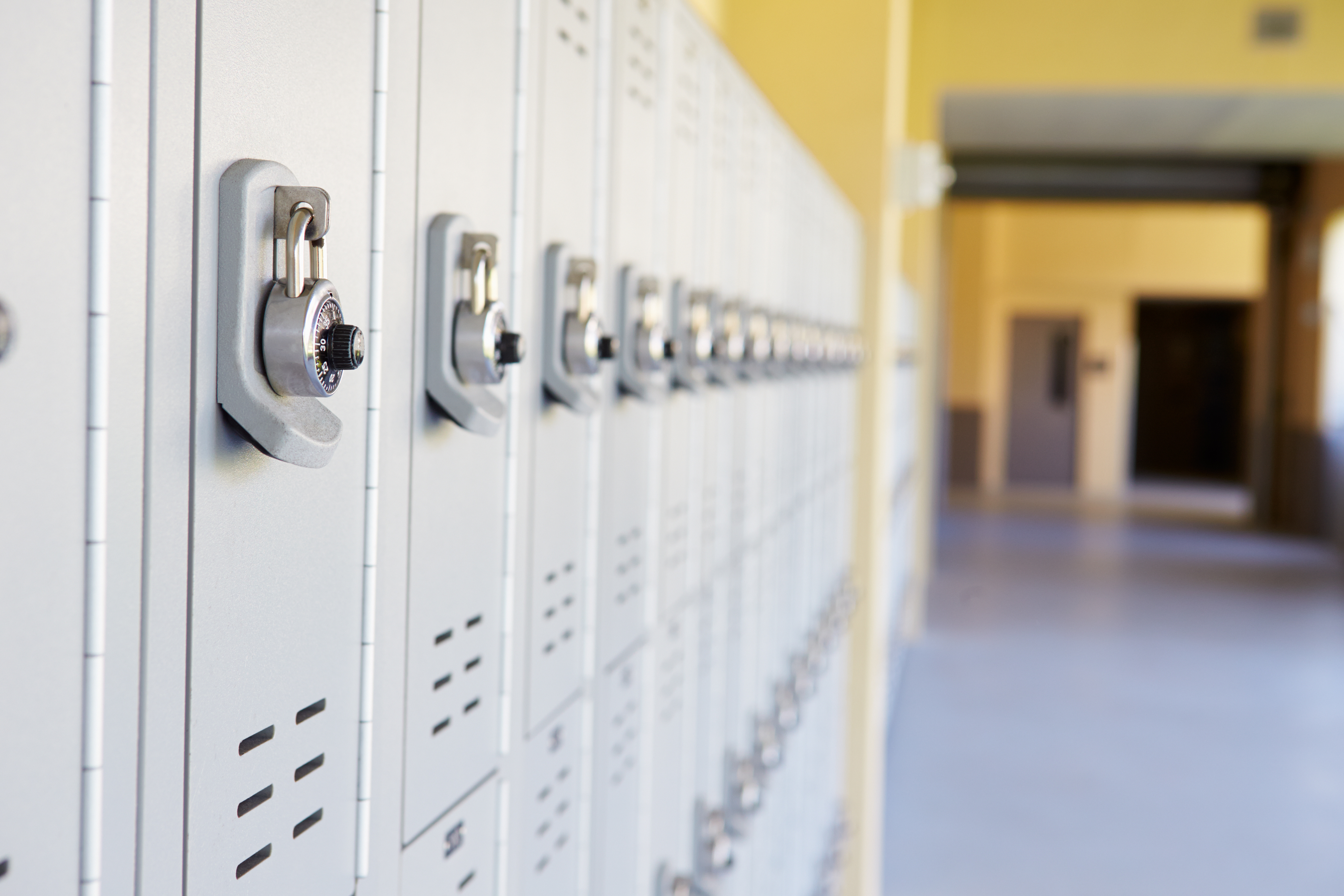Every day the coronavirus (COVID-19) outbreak is prompting businesses, schools, sporting events, places of worship, large gathering places and other activities to close so they can protect their employees, staff, students and visitors. Organizations are doing this because the Centers for Disease Control and Prevention, as well as other experts expect the number of U.S. cases of COVID-19 to rise sharply over the next several weeks as more testing detects new infections.
I have always emphasized the need to plan for an emergency before disaster strikes in cases such as this, and now is the time to implement such plans.
Our school district, the Washington, D.C. school system, shut down for two weeks in the aftermath of 9/11. At the time, I was serving as its executive director of security. The board of education and the school superintendent decided to shut down our schools for several weeks after the terrorist attacks until it was safe to return. Even though we were closed, several schools remained opened because they served as Red Cross shelters, food centers for students and the community, as well as staging areas for the National Guard.
We were fortunate enough to have access control, alarm monitoring, a robust camera system with remote view and security patrolling to protect our school district during the crisis. It was a daunting task, but we were able to recover and get our schools back to normal. We avoided burglaries, larcenies, thefts, arson and vandalism while our schools were closed.
When businesses and schools plan to temporarily shut down, I recommend testing the fire systems, access control, mass notification, PA systems, phones, radios, duress buttons and other devices. Cameras in and around businesses and schools have proven to be a strong deterrent and very effective in helping to ensure policies and procedure are being followed, as well as in assessing incidents. They also provide a critical live insight for first responders during an emergency.
[promo_content slug=”csc-2020-save-the-date-promo”]
The main ingredients to an emergency plan are prevention, preparedness, response and recovery. A communication plan is a critical step in keeping everyone informed, but it’s paramount that you be consistent in your messaging. Work with your local law enforcement and/or security companies to provide additional security to your businesses or campuses while they are temporarily closed.
Hopefully the coronavirus will eventually be controlled, and business, schools, places of worship, sporting events and other activities will go back to normal, but we must stay vigilant during this time.
Patrick V. Fiel Sr. is a national security consultant with more than 40 years of experience in law enforcement and security, working with businesses, schools and places of worship. He can be reached at (910) 789-4265 or [email protected]
Note: The views expressed by guest bloggers and contributors are those of the authors and do not necessarily represent the views of, and should not be attributed to, Campus Safety magazine.







